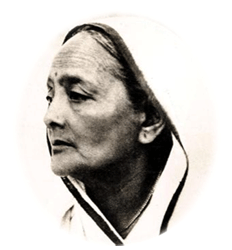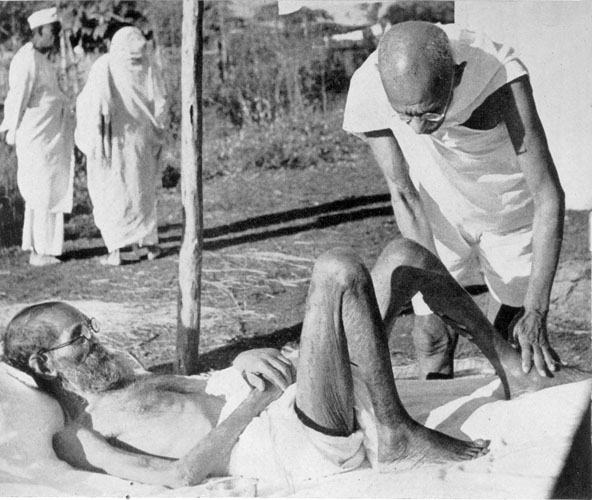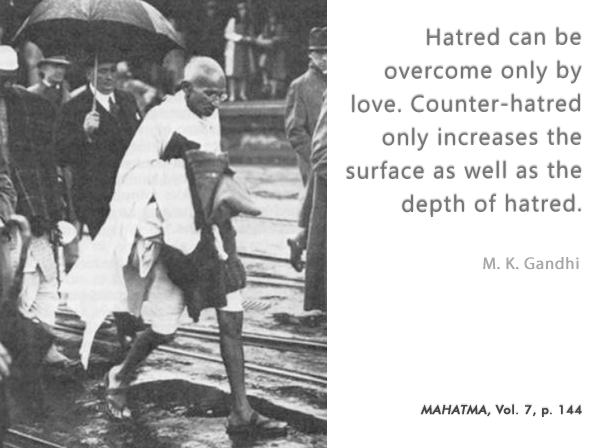Monday, February 15, 2016
Saturday, February 13, 2016
Gandhi Journal Article-III (February 2016) : The woman behind the Mahatma
Gandhi Journal Article-III (February 2016)
The woman behind the Mahatma
By Shail Raghuvanshi


Mahatma Gandhi, the Father of the Nation needs no introduction. That he worked hard to transform himself from Mohandas Karamchand Gandhi to the Mahatma, everyone knows. That he fought hard to help India and its citizens to get their deserved freedom is also well known. Though, how much of it is appreciated today I am not very sure. What few know or even bother to remember is the person behind the Mahatma's success. Yes, indeed. I am referring to Kasturba Gandhi, the simple, unassuming wife of the Mahatma.
Born Kastur Kapadia in Porbabdar, she became Kastur Ba after marrying Gandhiji. She bore him four sons - Harilal, Manilal, Ramdas, and Devdas. History offers proof of the sacrifices that this woman made to enable the Mahatma to work towards procuring freedom for India. Adjusting to a new way of life, giving up the little pleasures that every married woman desires, letting go of dreams that any girl has of wedded life - this and a lot more did Kasturba do, just to let her husband lay a foundation for the task that lay ahead of him. Kasturba let the revolution that ushered in independence usurp her dreams and desires. Not an easy thing to do. Understanding the power of sacrifice for a noble cause is something that requires a lot of self-introspection which most people do not have. But do we remember Kasturba for all that she did?
Born Kastur Kapadia in Porbabdar, she became Kastur Ba after marrying Gandhiji. She bore him four sons - Harilal, Manilal, Ramdas, and Devdas. History offers proof of the sacrifices that this woman made to enable the Mahatma to work towards procuring freedom for India. Adjusting to a new way of life, giving up the little pleasures that every married woman desires, letting go of dreams that any girl has of wedded life - this and a lot more did Kasturba do, just to let her husband lay a foundation for the task that lay ahead of him. Kasturba let the revolution that ushered in independence usurp her dreams and desires. Not an easy thing to do. Understanding the power of sacrifice for a noble cause is something that requires a lot of self-introspection which most people do not have. But do we remember Kasturba for all that she did?
READ FULL ARTICLE
Gandhi Journal Article-II (February 2016) : Gandhi, Parchure and Stigma of leprosy
Gandhi Journal Article-II (February 2016)
Gandhi, Parchure and Stigma of leprosy
By Pragji Dosa


During his Satyagraha campaign in South Africa, Gandhiji was addressing a gathering at Natal on the occasion of the founding of the Indian Congress. He noticed a few people standing at a distance under a tree listening to him intently. In spite of his beckoning them to come forward and join the crowd, they did not come. So Gandhi decided to go to them. As he started walking towards them, one of them cried out, “Gandhibhai, do not come near us, we are lepers.” Even after hearing this, Gandhi went to meet them. Some of them had lost their fingers, some their toes, some had no hair left of their heads. Gandhi asked them about the treatment they were receiving for their ailments. Their answer shocked Gandhi. They said, “No doctor was willing to treat us, we treat ourselves with the juice of bitter neem.” When asked if that was helping, they replied in the negative and said they were dying a slow death.
READ FULL ARTICLE
Gandhi Journal Article-I (February 2016) : Relevance of Satyagraha as a Weapon of Conflict Resolution
Gandhi Journal Article-I (February 2016)
Relevance of Satyagraha as a Weapon of Conflict Resolution
By Anil K Ojha
Satyagraha is the most important contribution of Gandhi to social philosophy and movement. It emerged as a weapon of conflict resolution. The concept of satyagraha could be understood in the broader context of Gandhian socio-political thought that developed out of actions, which he called 'Experiments with Truth'. It was aimed not merely at political change, but at the complete social, political, economic and cultural transformation. So far as its contemporary relevance as a means for attainment of justice and conflict resolution is concerned, diverse worldwide social movements drew and continue to draw inspiration from the Gandhian Way.
READ FULL ARTICLE
Friday, February 12, 2016
Subscribe to:
Posts (Atom)


